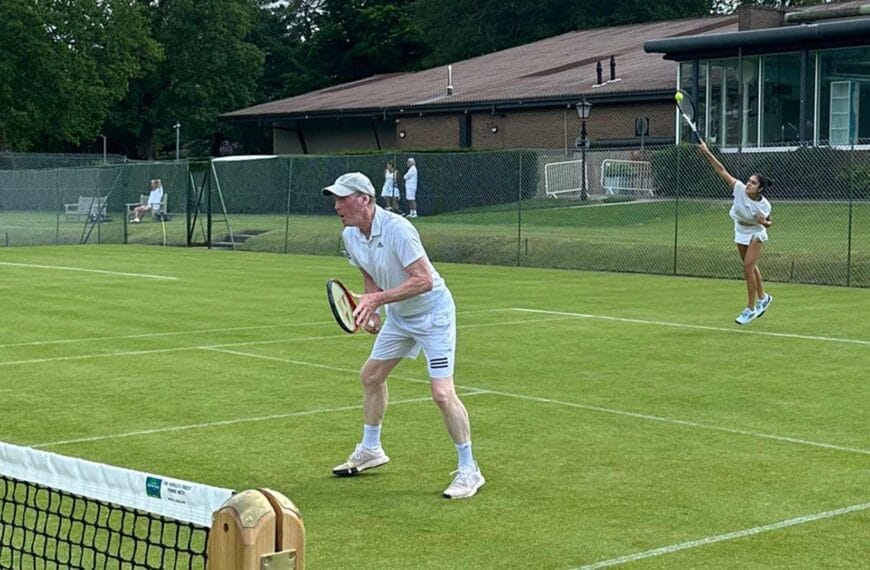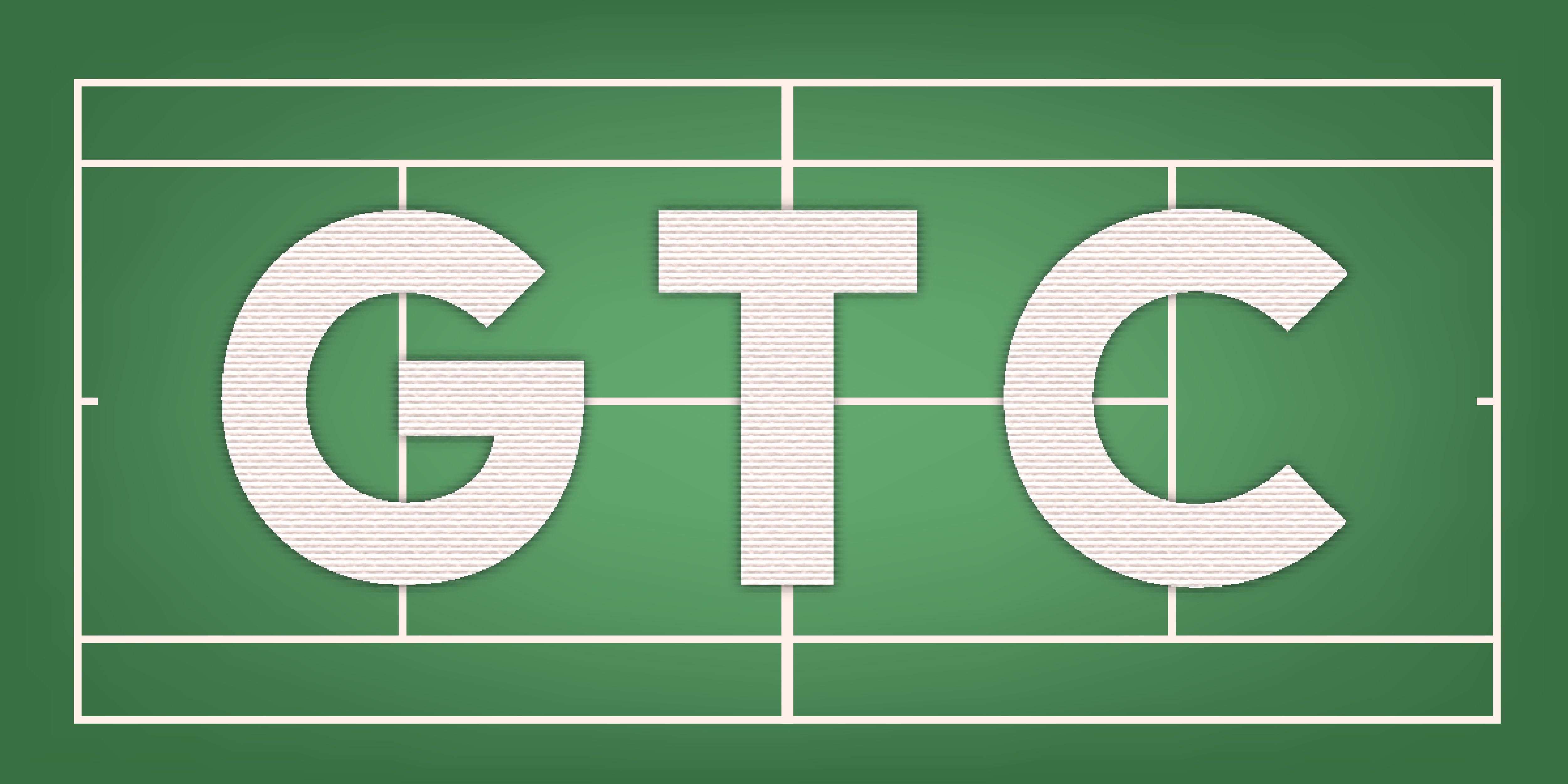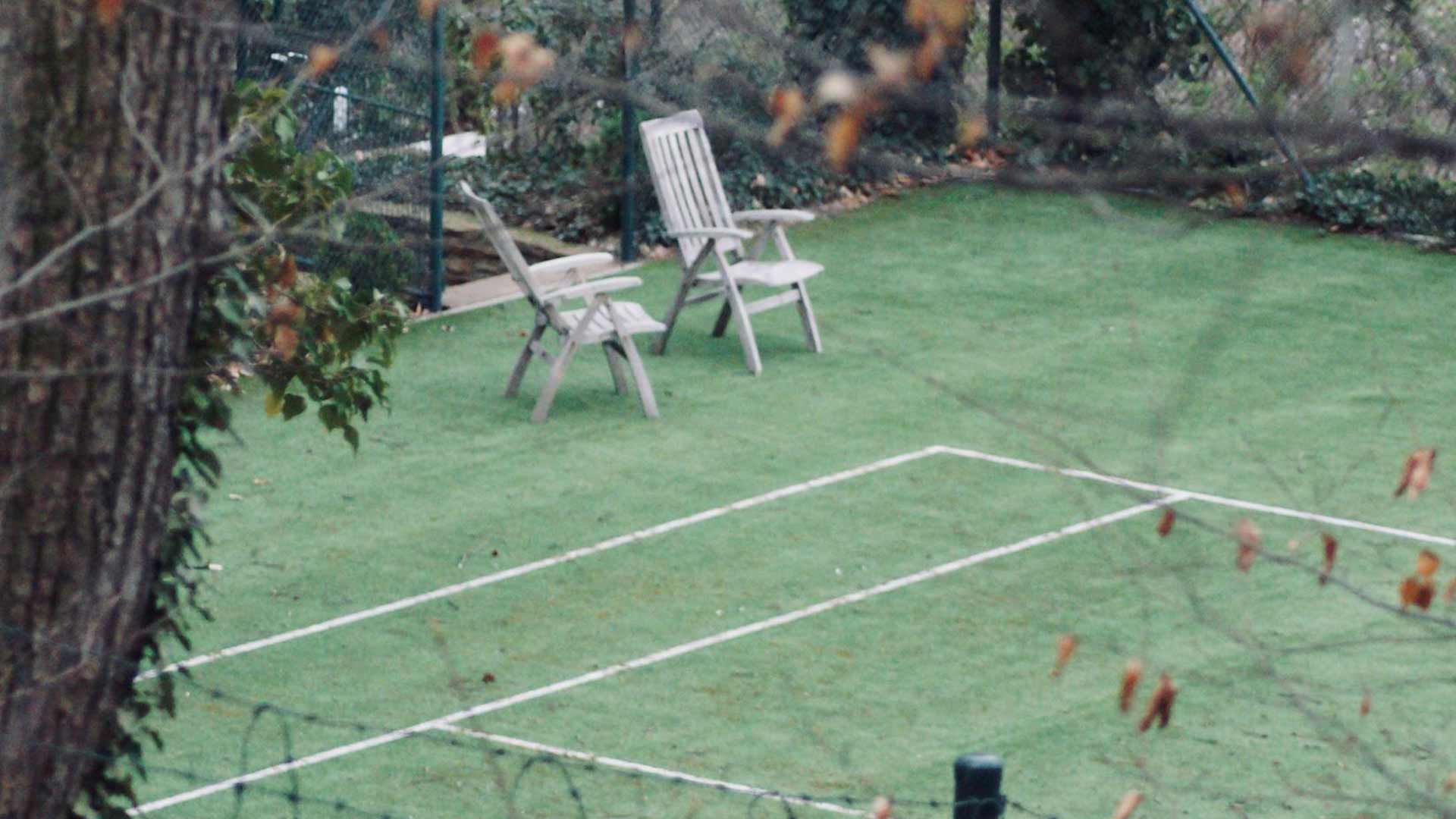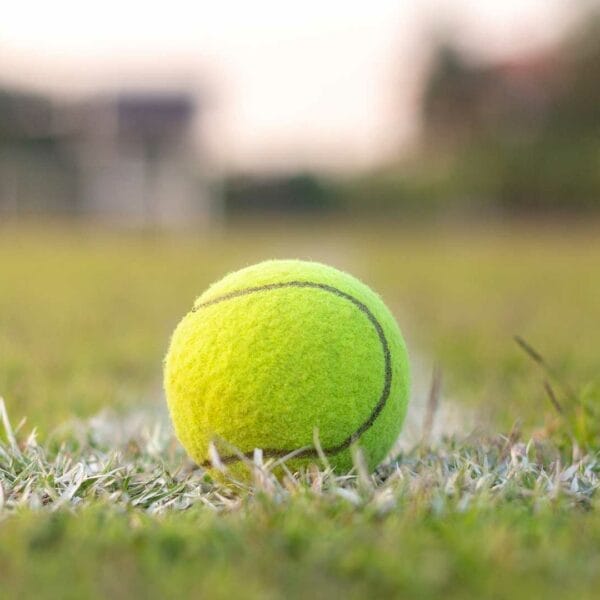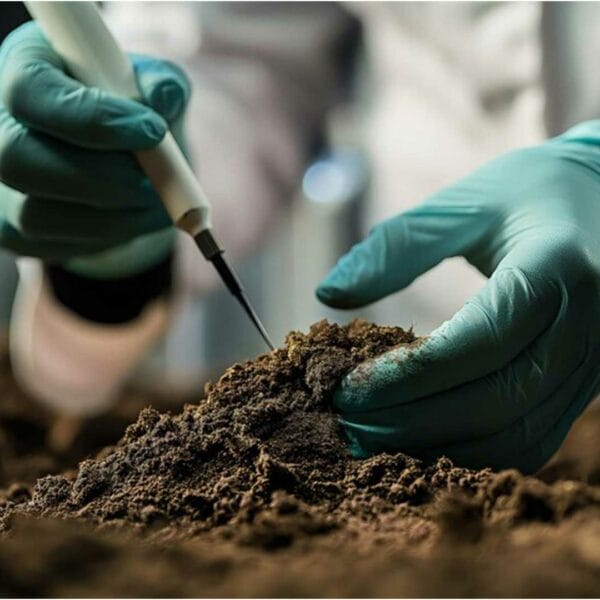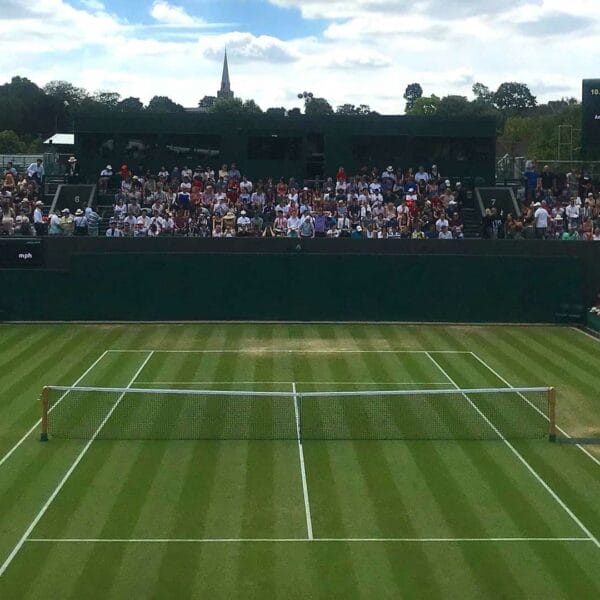player challenges on grass tennis courts
Introduction to Grass Tennis Courts
Grass tennis courts have been a staple in the world of professional tennis for centuries, providing a unique playing experience that sets them apart from other surfaces. The lush green grass, often referred to as “lawn” or “natural” surfaces, is made up of various types of grass species, including perennial ryegrass, bentgrass, and Bermudagrass.
Grass courts are characterized by their soft, spongy texture and vibrant colour. They are known for their fast-paced gameplay, which demands quick reflexes and precise shot placement from players. This surface type has been a favorite among many top-ranked tennis players, who appreciate its challenging yet rewarding nature.
One primary reason grass courts remain popular is their ability to provide an authentic, traditional tennis experience. Unlike hard courts or clay courts, grass courts require players to adapt their game strategies and physical movements to succeed. This adaptation process can be mentally and physically demanding, making grass court tennis a true test of skill and endurance.
Throughout history, some of the most iconic tennis tournaments have taken place on grass courts, including Wimbledon, the oldest and most prestigious tennis championship in the world. The All England Lawn Tennis Club’s grass courts have hosted this event since 1877, cementing the surface’s status as the gold standard in tennis.
In addition to their rich history and tradition, grass courts also offer several benefits for players, including improved footwork agility and enhanced ball control. However, they also present unique challenges, such as uneven bounces and slippery surfaces, which can catch even the most experienced players off guard.
As we delve deeper into the world of grass tennis courts, it becomes clear that mastering this surface requires a combination of technical skill, physical fitness, and mental toughness. Whether you’re a seasoned pro or just starting out, understanding the intricacies of grass-court tennis is essential for success at all levels of play.
Unique Challenges of Playing on Grass
Playing on grass tennis courts presents a distinct set of challenges that can make or break a player’s performance. One of the primary difficulties is adapting to the unpredictable bounce of the ball on grass. Unlike hard courts, where the ball tends to skid and bounce consistently, grass courts feature a more erratic bounce due to the varying density and moisture levels of the grass.
This unpredictability forces players to adjust their shots and tactics mid-match, requiring quick thinking and reaction time. Moreover, the speed of the ball on grass can be significantly faster than on other surfaces, making it essential for players to possess exceptional hand-eye coordination and racquet control.
Another significant challenge on grass courts is maintaining traction and stability during play. The smooth, slick surface can lead to slips and falls, especially when players attempt to change direction quickly or hit sharp-angled shots. To mitigate this risk, players must develop strong footwork skills, including the ability to accelerate, decelerate, and change direction rapidly.
Additionally, grass courts often feature uneven terrain, including divots, bumps, and slopes, which can affect the ball’s trajectory and create uneven bounces. These irregularities demand that players be highly attuned to their surroundings, constantly adjusting their positioning and shot selection to compensate for the court’s idiosyncrasies.
Lastly, the weather conditions on grass courts can be notoriously finicky. Rain showers, wind gusts, and temperature fluctuations can affect the court’s condition and the ball’s behavior. To stay competitive, players must be prepared to adapt to these changing circumstances, often within minutes.
By acknowledging and addressing these unique challenges, players can better prepare themselves for the demands of grass-court tennis and improve their chances of success on this storied surface.
Ball Bounce and Speed on Grass Courts
The ball bounce and speed on grass courts are two critical factors that distinguish them from other playing surfaces. Unlike hard courts, where the ball tends to skid and bounce consistently, grass courts feature a more erratic bounce due to the varying density and moisture levels of the grass.
One of the key characteristics of the ball bounce on grass is its unpredictability. The ball can bounce higher or lower than expected, depending on the specific conditions of the court. This unpredictability forces players to adjust their shots and tactics mid-match, requiring quick thinking and reaction time. As a result, players must develop exceptional hand-eye coordination and racquet control to navigate the challenging ball bounce on grass.
In addition to the unpredictable bounce, the speed of the ball on grass can also be significantly faster than on other surfaces. This increased speed requires players to have excellent racquet control and timing to generate power and precision in their shots. Furthermore, the fast-paced nature of grass-court tennis demands that players move quickly around the court, covering vast distances to reach balls and respond to their opponent’s shots.
To cope with the demanding ball bounce and speed on grass courts, players employ various strategies, including:
* Developing a consistent swing tempo to counteract the unpredictable bounce
* Using spin and slice to manipulate the ball’s trajectory and reduce its speed
* Employing precise footwork to get into position quickly and cover the court effectively
* Focusing on developing strong core strength and flexibility to maintain stability and balance during rapid movements
By understanding and adapting to the unique ball bounce and speed on grass courts, players can gain a significant advantage over their opponents and improve their overall performance on this challenging surface.
Player Movement and Footwork on Grass
Player movement and footwork on grass tennis courts present aunique challenges Unlike hard courts, which tend to be flat and even, grass courts often feature uneven terrain, slopes, and divots that can affect a player’s footing and balance.
To navigate these obstacles, players must possess excellent agility, quick reflexes, and the ability to change direction rapidly. They need to be able to accelerate and decelerate quickly while maintaining balance and stability throughout their movements. This requires a combination of cardiovascular fitness, muscular endurance, and neuromuscular coordination.
The fast-paced nature of grass court tennis demands that players be able to move laterally, forward, and backward with ease, covering vast distances to reach balls and respond to their opponent’s shots. To achieve this, players employ various footwork techniques, including:
– Shuffling: A lateral movement used to quickly close the distance between themselves and the ball.
– Sliding: A technique used to quickly change direction and maintain balance on the court.
– Turning: A rotational movement used to pivot and face the next shot.
– Accelerating: A rapid increase in speed used to chase down balls and catch up to opponents.
In addition to these basic footwork techniques, players also use advanced movements, such as:
Lateral shuffles with rotation are a combination of shuffling and turning used to quickly change direction and maintain balance.
– Forward and backward slides: Techniques used to quickly change direction and maintain balance on the court.
– Quick changes of direction: Rapidly shifting from one direction to another to stay ahead of the opponent.
Effective player movement and footwork on grass courts require a deep understanding of the court surface, the opponent’s strengths and weaknesses, and the ability to adapt to changing situations during a match. By mastering these skills, players can gain a significant advantage over their opponents and improve their overall performance on grass courts.
Strategies for Success on Grass Courts
To excel on grass tennis courts, players must develop a comprehensive approach that incorporates physical conditioning, mental preparation, and tactical awareness. Effective strategies for success on grass courts involve a combination of technical skill, game sense, and adaptability.
One key strategy is to focus on developing a strong baseline game. In this game, players can rely on their defensive skills to neutralize their opponents’ powerful serves and forehands. This involves mastering the art of retrieving balls, using precise footwork and hand-eye coordination to position oneself optimally for returns.
Another essential strategy is to exploit the unique characteristics of grass courts, such as the low-bouncing ball and the faster pace of play. Players who can take advantage of these conditions by hitting aggressive shots and using topspin and slice to control the trajectory of the ball can gain a significant edge over their opponents.
In terms of tactics, players should aim to dominate the net, using their volleys and overheads to finish off points quickly. This requires excellent positioning, timing, and hand-eye coordination, as well as the ability to read the opponent’s game and anticipate their shots.
Additionally, players should focus on developing a strong serve, which can be a crucial factor in determining the outcome of a match on grass courts. A well-placed serve can put pressure on the opponent’s backhand, creating opportunities for easy winners and forcing them to hit more difficult shots.
Finally, players should prioritize mental preparation and adaptability, learning to adjust their strategy mid-match based on the opponent’s strengths and weaknesses. This may involve switching between different playing styles, such as going from an aggressive to a defensive mindset, or adjusting their footwork and shot selection to counter the opponent’s specific tactics.
By incorporating these strategies into their game, players can significantly improve their chances of success on grass tennis courts and overcome the unique challenges presented by this demanding surface.
Physical Demands of Playing on Grass
Playing on grass tennis courts presents a unique set of physical demands that require players to possess exceptional endurance, agility, and strength. The fast-paced nature of grass court matches requires players to cover a lot of ground, make quick changes of direction, and generate power to hit effective shots.
One of the primary physical demands of playing on grass is the need for rapid movement around the court. Grass courts are known for their low-bouncing ball, which allows players to recover quickly and get back into position for the next shot. However, this also means that players need to be able to accelerate rapidly, decelerate quickly, and change direction swiftly to keep up with the pace of the match.
In addition to speed and agility, players need excellent cardiovascular endurance to sustain long periods of intense activity during a match. Grass court matches often feature long rallies, which can push players to their limits in terms of aerobic capacity and anaerobic endurance.
Strength is another critical component of playing on grass, particularly in the upper body. Players need to generate power to hit effective shots, including serves, forehands, and backhands. This requires strong shoulders, arms, and hands, as well as good core stability to transfer force efficiently through the body.
Furthermore, players who compete on grass courts need to be aware of the risk of injury associated with this surface. The fast-paced nature of grass court matches can lead to overuse injuries, such as tendonitis and stress fractures, particularly in the legs and feet. Players also need to be mindful of the impact of repeated landing on the joints, which can increase the risk of knee and ankle injuries.
To mitigate these risks, players can engage in a variety of exercises and training programs designed to improve their physical fitness and resilience. These may include plyometric drills to enhance explosiveness, agility ladder exercises to improve speed and agility, and strength training to build power and endurance. By prioritizing physical conditioning and taking proactive steps to prevent injury, players can optimize their performance on grass tennis courts and reduce their risk of suffering a debilitating injury.
Mental Preparation for Grass Court Matches
Mental toughness is crucial for success on grass tennis courts. The fast-paced and unpredictable nature of grass court matches can be mentally demanding, requiring players to stay focused, composed, and adaptable under pressure. Effective mental preparation enables players to manage their emotions, maintain concentration, and make sound tactical decisions throughout the match.
Developing a pre-match routine can help players establish a sense of control and familiarity before stepping onto the court. This may involve visualization techniques, breathing exercises, or other relaxation methods to calm the nerves and focus the mind. A consistent pre-match routine can also serve as a psychological anchor, providing reassurance and confidence in the face of uncertainty.
Another essential aspect of mental preparation is learning to cope with adversity. Grass court matches often feature unexpected twists and turns, including rain delays, uneven surfaces, and uncooperative opponents. Players must develop strategies to deal with setbacks, such as staying positive, reframing negative thoughts, and maintaining a growth mindset. By cultivating emotional resilience, players can bounce back from disappointments and stay motivated even when faced with challenging situations.
Additionally, mental preparation involves developing a clear understanding of one’s strengths, weaknesses, and playing style. Players should analyze their game, identifying areas where they excel and those where they struggle. This self-awareness enables them to tailor their strategy to suit the specific demands of each match and opponent. By acknowledging their limitations and capitalizing on their strengths, players can create a winning mindset and execute their game plan with greater confidence.
Effective communication with coaches, trainers, and teammates is also vital for mental preparation. Players should establish open lines of communication to discuss tactics, share insights, and receive support. This collaborative approach fosters a sense of unity and trust, allowing players to draw upon their team’s collective expertise and experience.
Ultimately, mental preparation is an ongoing process that requires dedication, discipline, and practice. By incorporating mental training into their daily routines, players can develop the mental toughness necessary to succeed on grass tennis courts. By combining visualization, coping skills, self-awareness, and teamwork, players can cultivate a winning mindset and perform at their best under pressure.
Common Injuries Suffered by Players on Grass
Grass tennis courts present a unique set of physical demands that can lead to various injuries if not properly addressed. The fast-paced and unpredictable nature of grass court matches puts immense stress on joints, muscles, and tendons, making it essential for players to understand the common injuries associated with playing on these surfaces.
One of the most prevalent injuries suffered by players on grass is ankle sprains. The quick changes of direction and rapid movements required on grass courts increase the risk of rolling or twisting ankles, particularly during serves, volleys, and sharp turns. Depending on the severity of the injury, ankle sprains can range from mild to severe and may require extensive rehabilitation and recovery time.
Another common injury on grass courts is knee injuries, specifically patellar tendonitis and ligament sprains. The constant jumping, landing, and pivoting involved in grass court play put excessive strain on the knees, leading to inflammation and pain in the patella tendon and surrounding ligaments. Knee injuries can be debilitating and may force players to take extended breaks from competition.
In addition to ankle and knee injuries, players on grass courts are also susceptible to muscle strains, particularly in the legs, calves, and hamstrings. The rapid acceleration and deceleration required on grass courts can cause micro-tears in muscle fibers, leading to pain, stiffness, and limited mobility. Muscle strains can be acute or chronic, and may require rest, stretching, and strengthening exercises to recover fully.
Furthermore, players on grass courts are at risk of experiencing overuse injuries, such as shin splints and stress fractures. The repetitive impact and stress on the lower extremities can cause inflammation and damage to the bone tissue, leading to chronic pain and discomfort. Overuse injuries can be prevented through proper warm-up and cool-down routines, regular stretching, and adequate recovery time between matches.
Lastly, players on grass courts may also experience heat-related illnesses, such as heat exhaustion and dehydration. The intense sun exposure and high temperatures on grass courts can cause players to lose fluids and electrolytes rapidly, leading to dizziness, nausea, and fatigue. Heat-related illnesses can be life-threatening if left untreated, emphasizing the importance of proper hydration, sun protection, and temperature management during matches.
Understanding the common injuries associated with playing on grass courts can help players take proactive steps to prevent and mitigate these risks. This includes incorporating injury prevention exercises into their training regimen, wearing protective gear, and prioritizing recovery and rest to maintain optimal physical health and performance.
Adaptation Techniques for Transitioning to Grass
Transitioning to grass tennis courts requires a distinct set of skills and strategies that differ significantly from hard and clay surfaces. To adapt successfully, players must develop a deeper understanding of the unique characteristics of grass courts and adjust their game accordingly. Here are some key adaptation techniques for transitioning to grass:
1. Adjusting Footwork Patterns
Due to the faster ball bounce and reduced traction, grass courts demand quicker reactions and footwork. Players must refine their footwork patterns to accommodate the increased speed and agility requirements.
2. Developing Agility and Quickness
Grasscourt players need to possess exceptional agility and quickness to navigate the court efficiently. Incorporating agility drills and plyometric exercises into training regimens can help improve reaction times and overall movement speed.
3. Mastering Slice Shots
The slower ball speed on grass courts makes slice shots an effective strategy for controlling the pace of play. Players should focus on developing a reliable slice shot to neutralize opponents’ powerful forehands and backhands.
4. Emphasizing Net Play
Grass courts reward aggressive net play, allowing players to capitalize on opponents’ mistakes and create scoring opportunities. Developing a strong net game involves mastering volleys, overheads, and smashes to dominate at the net.
5. Practicing Under Pressure
Grasscourt matches often feature high-pressure situations, requiring players to perform under intense conditions. Practising under pressure through simulated match scenarios and mental toughness exercises can help players build resilience and composure.
6. Incorporating Strength Training
Grasscourt players benefit from increased strength, particularly in the legs, core, and upper body. A well-structured strength training program can enhance power, endurance, and overall athleticism, enabling players to handle the physical demands of grass-court play.
7. Focusing on Serve Variations
A versatile serve is crucial on grass courts, where opponents can easily return powerful serves. Players should work on developing different serve variations, including slice, topspin, and kick serves, to keep opponents guessing and off balance.
8. Analyzing Opponents’ Styles
Understanding opponents’ strengths, weaknesses, and playing styles is vital when competing on grass courts. Analyzing opponents’ tendencies and adjusting tactics accordingly can give players a significant edge in match-ups.
9. Mental Preparation and Visualization
Grass court matches often involve high-stakes situations, requiring players to stay focused and composed under pressure. Visualization exercises, meditation, and positive self-talk can help players develop mental toughness and confidence.
10. Gradual Acclimation to Grass Conditions
Gradually acclimating to grass court conditions, including the surface texture, ball bounce, and weather factors, is essential for a successful transition. Players should start with shorter practice sessions and gradually increase duration and intensity to avoid burnout and injury.
By incorporating these adaptation techniques into their training regimens, players can successfully transition to grass tennis courts and compete at a higher level.
Conclusion: Overcoming Challenges on Grass Tennis Courts
In conclusion, mastering the art of playing on grass tennis courts requires a deep understanding of its unique challenges, including the unpredictable ball bounce and speed, demanding physical demands, and mental preparation necessary to overcome common injuries. By adapting to these challenges through effective strategies, movement, and footwork techniques, players can successfully transition to grass-court play and gain a competitive edge in this fast-paced and dynamic environment. Ultimately, it is the ability to adapt and overcome the obstacles presented by grass tennis courts that separate top-level players from their opponents, making it an essential skill for any serious tennis competitor looking to excel on the world’s most prestigious grass court surfaces, such as Wimbledon and the All England Lawn Tennis Club.




